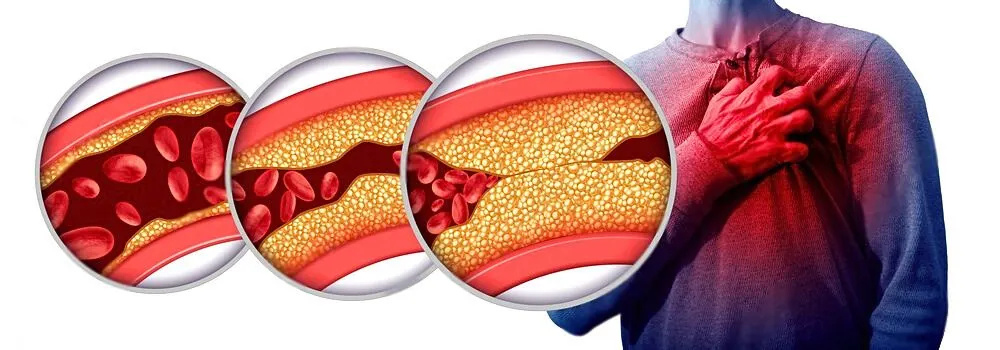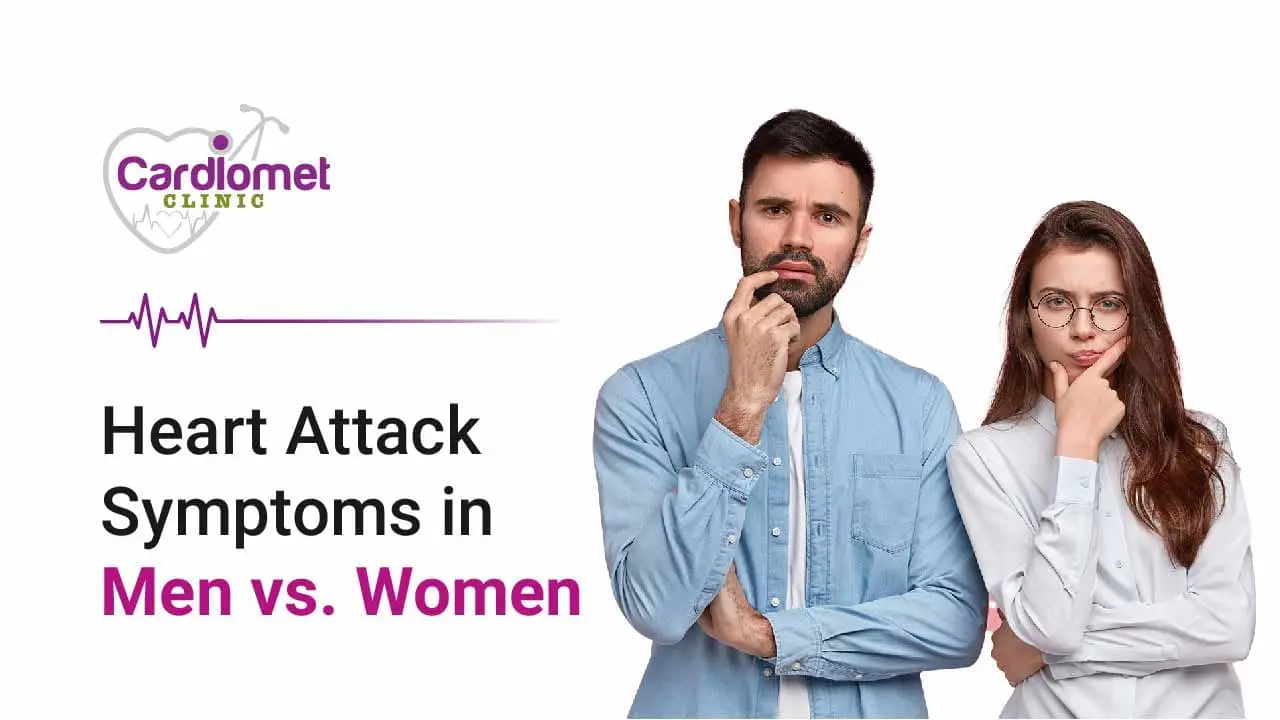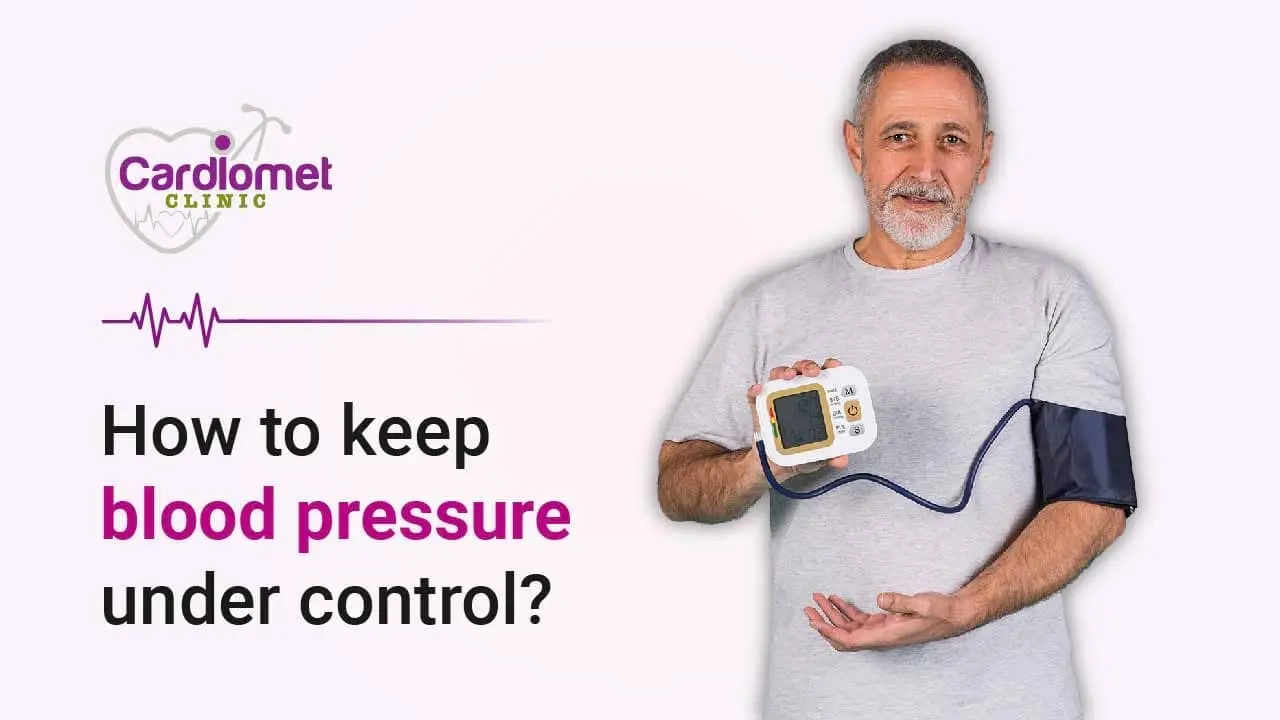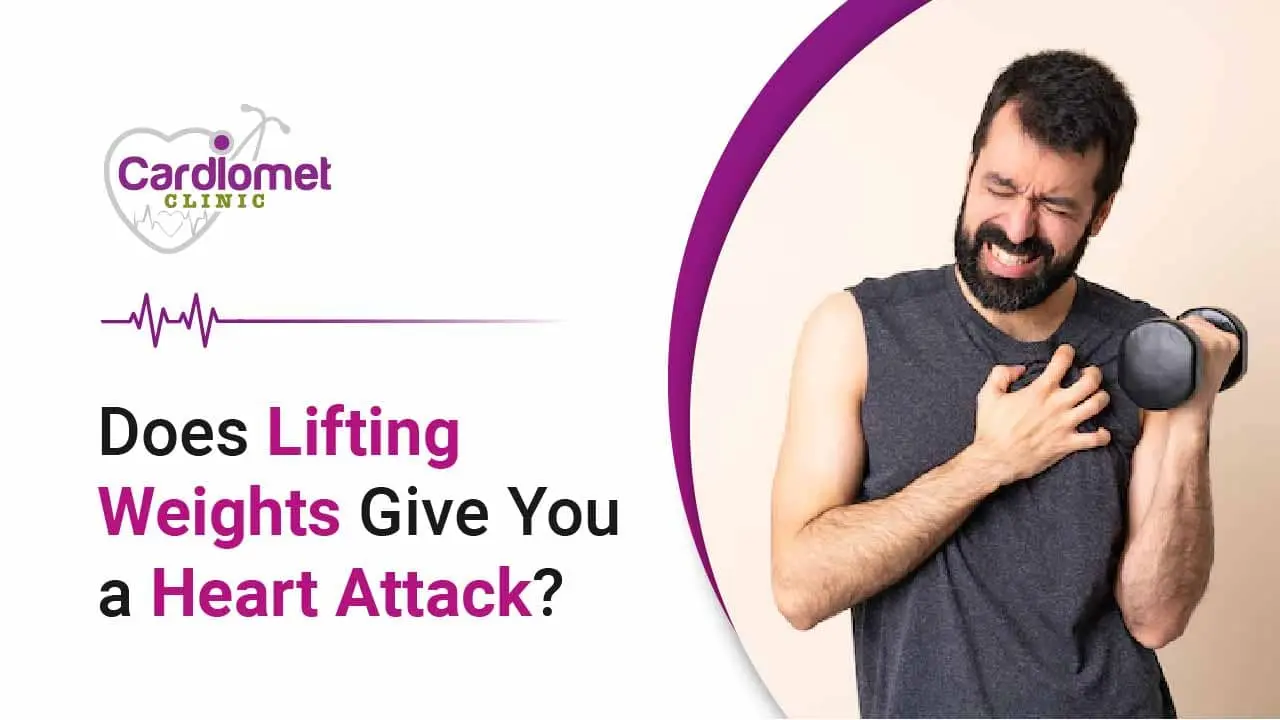Fastest way to check Heart Attack!
Understanding and Identifying Heart Attack Symptoms
A heart attack is no longer a rare occurrence in today's stressful and fast-paced world. With rapidly evolving lifestyles and mounting health challenges, understanding and recognizing heart attack Symptoms is Crucial for early Detection and Intervention.
In this blog post, we delve into what these Symptoms look like and Debunk some common misconceptions surrounding heart attack pain.

Understanding Heart Attacks and Their Prevalence
A Heart Attack, Medically known as a Myocardial Infarction, occurs when the flow of oxygen-Rich Blood to a Section of Heart muscle suddenly becomes blocked.
If the blood flow isn't restored quickly, the section of heart muscle Begins to die due to a lack of oxygen, causing permanent damage.

As per the World Health Organization (WHO), Cardiovascular Diseases (CVDs) are the number one cause of death globally, with an estimated 17.9 million deaths each year. Heart attacksconstitute a significant portion of these fatalities.
In the United States alone, the Centers for Disease Control and Prevention (CDC) estimates that someone has a heart attack every 40 seconds, and about 805,000 Americans have a heart attack each year.
The Prevalence of Heart Attacks Underscores the Importance of Knowing the Symptoms, Understanding the Risk Ractors, and leading a Heart-Healthy Lifestyle.
Regular check-ups can help identify potential heart conditions before they manifest into life-threatening events such as heart attacks. Early detection, timely intervention, and lifestyle modifications are the keys to tackle this global health challenge.
Through advanced diagnostic techniques and state-of-the-art equipment, Cardiomet Clinic in Pune ensures accurate and timely identification of risk factors associated with heart diseases during routine check-ups.
Recognizing Heart Attack Symptoms
Recognizing a heart attack can literally mean the difference between life and death. Here are some symptoms that may indicate a heart attack:
- Chest discomfort: One of the most common signs of a heart attack is discomfort in the chest, which might feel like a sensation of pressure, tightness, or heaviness. This pain often intensifies with activity or walking, and eases slightly with rest. However, it's crucial to remember that resting alone will not completely alleviate heart-related chest pain.
- Breathlessness: Difficulty in breathing or feeling winded is another significant symptom accompanying chest discomfort. This can occur with or without chest pain, and is a common symptom in women.
- Sweating: Unexplained and heavy sweating, even in a cool environment, can also be an indicator of a heart attack. This might be accompanied by a feeling of nausea or light-headedness.
- Feeling of indigestion: Some people might experience a sensation akin to indigestion or gas. This is because the nerves that carry pain signals from the heart also lead to other parts of the body – causing what's known as "referred pain."


Remember, these symptoms can present themselves differently in different individuals, and sometimes, they might be mild or confusing.
Debunking Myths: Is Heart Attack Pain Only on The Left Side?
One common misconception surrounding heart attacks is that the associated pain is confined only to the left side of the chest. This is not entirely true.
Heart attack pain, also known as Angina, is primarily perceived as chest discomfort - a feeling of pressure, heaviness, or tightness. However, this pain is not limited to the left side of the chest. It can manifest in the center of the chest or even the right side.
This discomfort often spreads upwards towards the upper abdomen and can sometimes radiate towards the left arm, shoulder, or even to the jaw and teeth. This is due to the complex network of nerves in the chest and upper body that can transfer or "refer" pain from the heart to these other areas.
Final Thoughts
Understanding these nuances of heart attack symptoms is crucial in ensuring prompt and effective treatment. Time is of utmost importance in managing heart attacks - the faster you recognize and respond to these symptoms, the better your chances of survival and recovery.
It's vital to remember that heart health is not something to be taken lightly. Regular check-ups, a balanced diet, regular exercise, and a stress-free lifestyle are essential in maintaining heart health.
If you or a loved one experience any of the symptoms mentioned above, do not hesitate to seek immediate medical attention. Your prompt action can save a life.
Remember, in the face of heart disease, awareness and action are your greatest allies. Stay heart-healthy!




